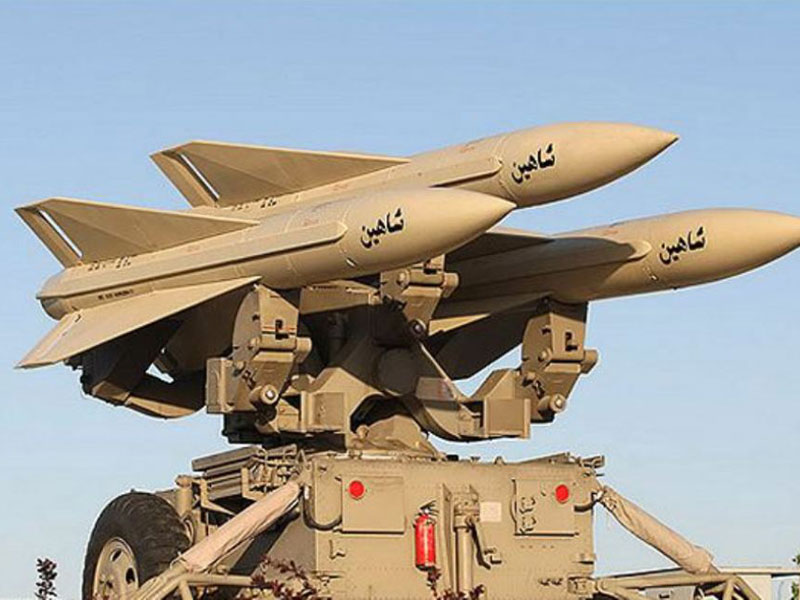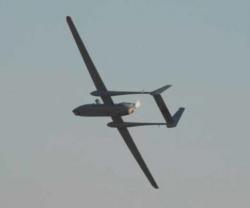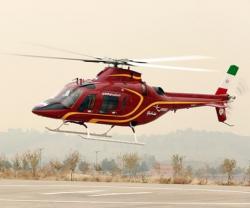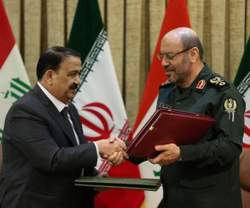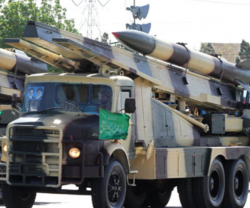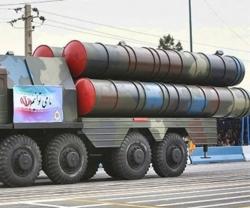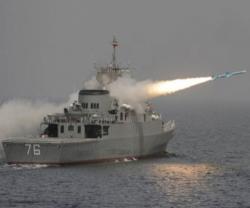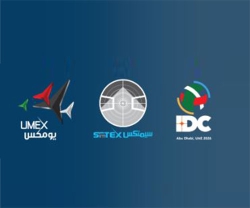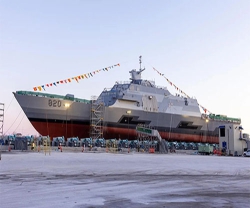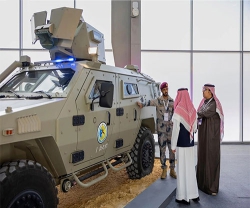According to extracts published by the official IRNA news agency, the 2016-2021 plan allocates at least 5% of the budget to defense “as part of the regional balance of power” and to protect national interests.
The plan includes developing ballistic missile capabilities, arms production and modern weaponry, the agency said.
Iran says its military is purely defensive, but it is under an arms embargo and international sanctions over its missile program which is suspected of being prepared to carry a nuclear warhead. Tehran denies accusations that its program of uranium enrichment has a covert military purpose.
Protecting the IT infrastructure is also highlighted over the next five years after Iran was hit in 2010 by several computer attacks including the Stuxnet virus targeting its nuclear program.
On the economy, Khamenei wanted “quick and sustainable” growth of eight percent over the five years.
Iran’s economy has been hard hit by economic sanctions in force since 2006 and reinforced in 2012 by a financial and oil embargo over its nuclear program, a key sector.
The media reports did not indicate whether the growth forecast takes into account the lifting of sanctions provided for by a nuclear deal with world powers being negotiated in Vienna.
Late last year, President Hassan Rowhani defended his economic record as inflation fell from 40% to 17% in less than two years, and growth of four percent over six months.
Iran wants to attract foreign capital and from the diaspora and favors a change of approach on oil and gas revenues, with the transfer of 30-38% of such income over five years to the National Development Fund, its sovereign wealth fund.
The country sits on the world’s fourth largest oil reserves, but is expected to register a significant budget shortfall in 2015 because of falling crude prices since June last year.
Khamenei also seeks to give priority to economic diplomacy, notably in Southeast Asia, to “revive foreign investment and enter global markets”.
Source: AFP; IRNA

